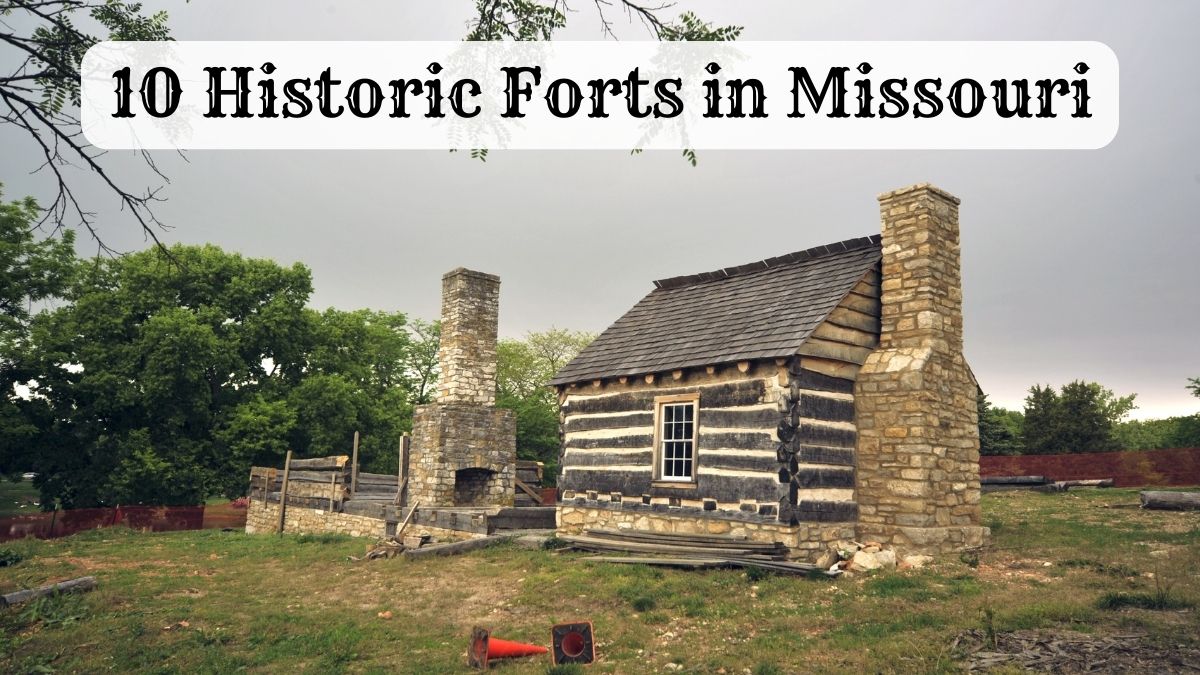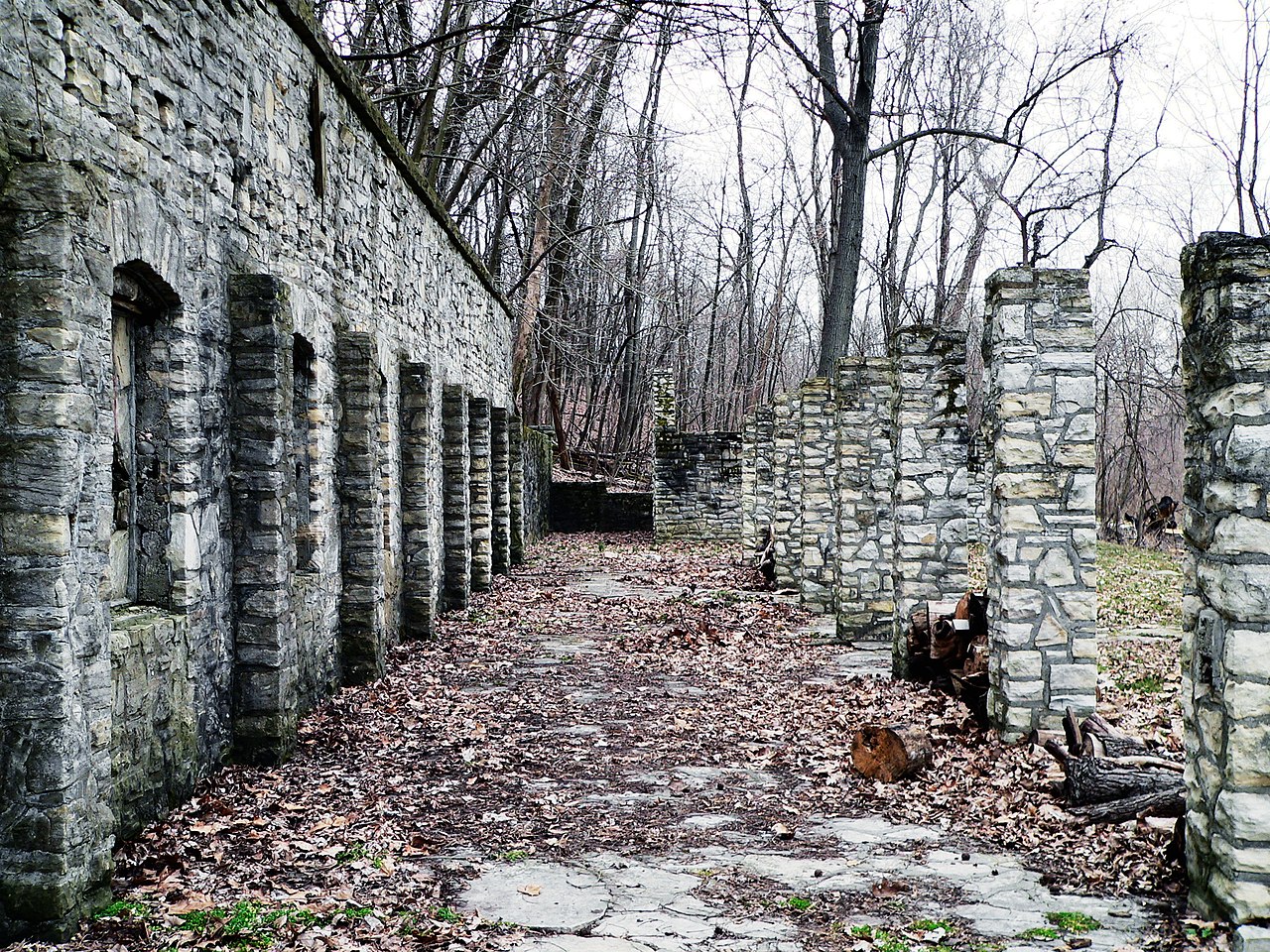
The Enduring Bastions of Aotearoa: Unpacking the Ingenuity of Māori Pā
Beneath the verdant hills and along the rugged coastlines of Aotearoa, New Zealand, lie the silent remnants of an extraordinary architectural and military tradition. Often colloquially, and sometimes inaccurately, referred to as "Mo forts," these sophisticated fortified settlements are correctly known as pā. Far from being mere defensive structures, Māori pā represent a profound synthesis of engineering prowess, strategic genius, and deep cultural significance, embodying the resilience and ingenuity of the Māori people. To understand the pā is to understand a vital chapter in New Zealand’s history, a narrative of adaptation, defiance, and a profound connection to the land.
From their earliest forms, shaped by the need for protection in a world of inter-tribal conflict, to their innovative evolution in response to European weaponry during the Musket Wars and New Zealand Wars, pā were dynamic, living structures. They were not just battlegrounds but also bustling communities, centres of social life, agriculture, and tribal identity. This article delves into the intricate world of Māori pā, exploring their construction, their strategic brilliance, their pivotal role in historical conflicts, and their enduring legacy as symbols of indigenous strength.
The Genesis of Fortification: Pre-European Pā

The origins of the pā can be traced back to the early periods of Māori settlement in Aotearoa. As various iwi (tribes) and hapū (sub-tribes) established themselves across the land, competition for resources, territorial disputes, and the quest for mana (prestige, authority) inevitably led to warfare. In this context, the need for secure living spaces became paramount. Early pā were typically constructed on naturally defensible sites: hilltops, coastal headlands, or river bends, leveraging the terrain to their advantage.
These initial fortifications were relatively simple, primarily consisting of earthworks and wooden palisades. A common design involved digging a ditch (a whakaawatea or waikeri) around the perimeter of the chosen site, with the excavated earth used to build an inner bank or rampart. On top of this bank, a sturdy timber palisade (a pā tūwatawata) was erected, providing a physical barrier against attackers. Within these defenses, the community lived, cultivated crops, and stored food. Even in their basic form, these early pā represented a significant investment of communal labour and a clear understanding of defensive principles, reflecting a society where security was a collective responsibility.
Engineering Marvels: The Anatomy of a Pā
What truly sets Māori pā apart, even in their pre-European forms, is their sophisticated engineering and the ingenious way they integrated with the natural landscape. Rather than imposing a structure upon the land, Māori engineers sculpted the land itself. Terracing (paepae) was a key feature, creating multiple levels within the pā, each potentially defended by its own set of palisades and ditches. These terraces served various purposes: for housing, for communal activities, and as defensive platforms, allowing defenders to engage attackers from different elevations.
The palisades themselves were not just simple fences. They were often constructed from massive timber posts, deeply embedded and reinforced, sometimes forming multiple rows. A crucial innovation was the use of firing platforms or fighting stages (ahua or tāhūhū) behind the palisades, enabling defenders to rain down spears, stones, and later, musket fire, upon attackers below. Access to the pā was typically through narrow, often zigzagging, entrances that could be easily defended and bottlenecked an attacking force, exposing them to fire from multiple angles.
Beyond the visible defenses, pā incorporated clever provisions for sustenance during a siege. Deep storage pits (rua) were dug to preserve kumara (sweet potato) and other food supplies, while wells or controlled access to natural springs ensured a water supply. Some pā even featured ingenious underground tunnels for escape or surprise counter-attacks. European military observers of the 19th century, accustomed to the static, geometric fortifications of Europe, were often astonished by the organic, yet highly effective, designs of Māori pā. They marvelled at the efficiency with which Māori could construct formidable defenses using only stone and wooden tools, adapting their designs to exploit every contour of the land.
The Age of Muskets: Adaptation and Innovation
The arrival of European traders and missionaries in the late 18th and early 19th centuries introduced a new and devastating element to Māori warfare: the musket. This technological leap sparked the tumultuous period known as the Musket Wars (roughly 1807-1837), a series of brutal inter-tribal conflicts that reshaped the demographic and political landscape of Aotearoa. Faced with the immense destructive power of firearms, Māori did not abandon their pā; instead, they innovated.

The "gunfighter pā" emerged as a testament to Māori adaptability. These new fortifications incorporated radical changes designed to counter the musket ball. Trenches became deeper and wider, providing cover from direct fire. The earth ramparts were made thicker, often incorporating layers of flax, timber, and earth to absorb musket balls and even cannon fire. Crucially, the external palisades were often moved further away from the inner earthworks, creating a killing zone between the two where attackers would be exposed.
The layout of gunfighter pā also became more complex. Zigzag trenches and traverses were introduced, preventing attackers from firing down the length of a trench. Sheltered firing positions and rifle pits were integrated into the earthworks, allowing defenders to fire with relative safety. The ingenuity lay in combining traditional earthwork principles with new tactical considerations. As military historian James Belich notes, "Māori were not merely adapting European fortifications, but creatively transforming them to suit their own tactical and strategic requirements." The gunfighter pā proved remarkably effective, often enabling numerically inferior defenders to inflict heavy casualties on well-armed attackers.
The New Zealand Wars: Defiance Against Empire
The pinnacle of pā development, and arguably their most iconic role, came during the New Zealand Wars (1845-1872), when Māori fought against the might of the British Empire. These conflicts, driven by land confiscation and sovereignty disputes, saw Māori commanders leverage their fortified positions to incredible effect, often frustrating and even humiliating British Imperial forces.
The Battle of Gate Pā (Pukehinahina) in 1864 is a prime example. A relatively small force of Māori defenders, under the command of Rawiri Puhirake, constructed a pā that was ingeniously designed to counter the superior firepower of the British. The pā featured an elaborate system of trenches, rifle pits, and underground bunkers, all covered by layers of earth and flax. When the British launched a massive artillery bombardment, the Māori simply retreated into their covered positions, emerging unscathed. During the subsequent assault, the pā’s design allowed defenders to fire from multiple concealed positions, inflicting heavy casualties on the storming British troops and forcing a chaotic retreat.
Another notable example is Te Ngutu o Te Manu, the pā of the formidable Māori leader Tītokowaru. His pā were renowned for their complex internal structures, hidden firing positions, and the ability of his forces to execute rapid, devastating counter-attacks. The British, accustomed to their sieges ending in the capture of a position, found themselves in a new kind of warfare. Māori commanders frequently employed the tactic of "repudiating a siege," abandoning a pā after inflicting damage on the enemy, only to rebuild another, equally formidable, position elsewhere. This strategic flexibility, coupled with the strength of their pā, allowed Māori to prolong conflicts and inflict significant costs on the British.
The enduring lesson from the New Zealand Wars was that Māori pā, far from being primitive structures, were highly evolved military installations, capable of challenging even the most advanced military power of the time. They demonstrated a sophisticated understanding of ballistics, field engineering, and psychological warfare, turning the very land into an ally.
Beyond Battle: Social and Cultural Significance
While their military function is undeniable, pā were much more than just fortresses. They were the heart of Māori communities. Within the palisades, daily life unfolded: children played, food was prepared, stories were told, and decisions were made in the marae ātea (the open ceremonial ground). The construction and maintenance of a pā required collective effort, fostering unity and a shared sense of purpose among the hapū or iwi.
The pā was also a potent symbol of mana and tribal identity. A well-defended, prosperous pā reflected the strength, ingenuity, and leadership of its people. Its very existence declared sovereignty over the surrounding lands and resources. When a pā was taken in battle, it was not just a military defeat but a profound blow to the mana of the defeated tribe. Conversely, the successful defense of a pā was a source of immense pride and reinforced the collective identity.
Today, many pā sites remain visible as archaeological features across the New Zealand landscape. They serve as tangible links to the past, offering invaluable insights into Māori settlement patterns, social structures, and military history. Archaeologists and historians continue to uncover new details about their construction and use, enriching our understanding of pre-colonial and colonial Aotearoa.
Legacy and Modern Resonance
The legacy of Māori pā is multifaceted and enduring. For Māori, they are powerful symbols of resilience, innovation, and self-determination. They represent a tradition of strategic genius and a refusal to be overwhelmed, even in the face of technologically superior forces. The lessons learned from the construction and defense of pā continue to inspire and inform contemporary Māori cultural expressions and understandings of their history.
For New Zealand as a whole, pā stand as a testament to the complex and often challenging history of the nation. They challenge simplistic narratives of colonial conquest, highlighting the sophistication and strength of indigenous resistance. They offer a unique perspective on military history, demonstrating that ingenuity and adaptation can often overcome brute force.
Today, many pā sites are protected heritage areas, serving as educational resources and places of contemplation. They are visited by tourists and students alike, who come to walk among the earthworks, imagine the lives lived within their defenses, and reflect on the profound stories etched into the land. The "Mo forts" – or more accurately, Māori pā – are not just relics of a bygone era; they are living testaments to the enduring spirit of Aotearoa, silent guardians of a rich and powerful history, reminding us of the extraordinary human capacity for innovation, resilience, and the profound connection between people and their land.


